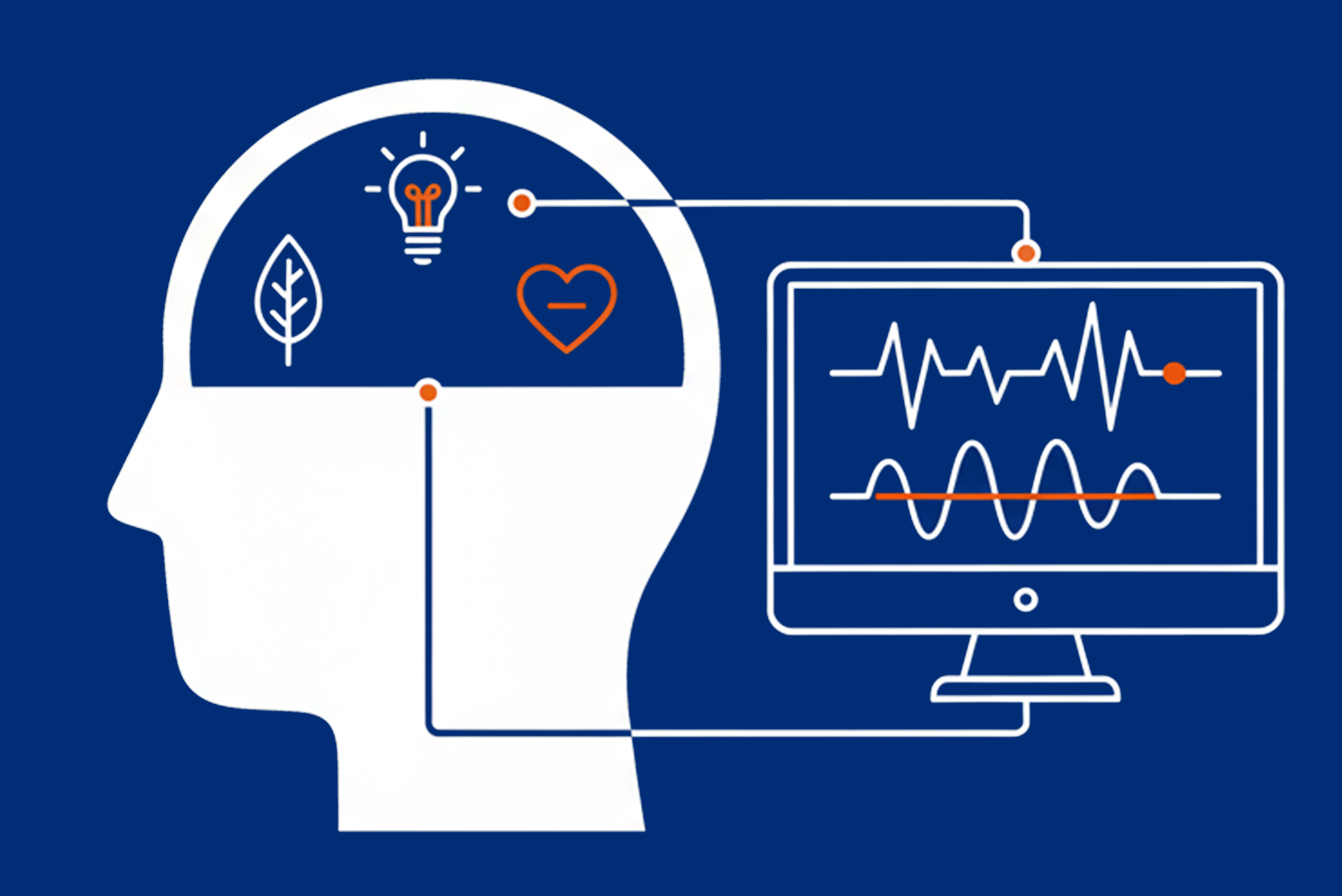To provide services at the highest level, we use cookies. Using the website requires you to choose settings related to their storage on your device. If you want to know what each type of cookie is used for, click the Details button below.
Neurofeedback - brain training for everyone?20 maja 2025 |

EEG biofeedback is a form of brain training where EEG electrodes read the patient’s brainwaves, and a computer translates them in real time into simple stimuli, such as visuals or sounds. When brain activity moves in the desired direction, the program rewards the patient with positive animations or melodies. Thanks to this reinforcement, the brain learns to repeat beneficial patterns, making use of its natural plasticity. Regular sessions can lead to lasting improvements in focus, emotional regulation, and sleep quality.
Biofeedback therapy supports the treatment of neurodevelopmental disorders (especially ADHD), anxiety and depressive states, insomnia, and migraines. It?s also used in stroke rehabilitation and to optimize brain performance in healthy individuals. Athletes, musicians, and executives use EEG biofeedback to enhance concentration, working memory, and stress resilience.
Biofeedback is a broad category of methods that teach conscious control over physiological signals such as heart rate (HRV biofeedback), muscle tension (EMG biofeedback), skin conductance, or fingertip temperature. Neurofeedback (EEG biofeedback) is a specific type focused solely on brain electrical activity. Instead of muscles or pulse, it records EEG waves, and the patient learns to regulate the function of specific brain areas. Every neurofeedback is a form of biofeedback, but not all biofeedback targets the brain.
The therapy is non-invasive and generally considered safe. However, there are both relative and absolute contraindications, which is why participation in biofeedback therapy should always be preceded by consultation with a physician.
The guaranteed health services package of the NFZ does not include EEG biofeedback as a separate reimbursed procedure. Most clinics offer it commercially. Reimbursement is possible only in exceptional cases-within specific medical programs or externally funded projects. As a rule, patients cover the cost themselves.